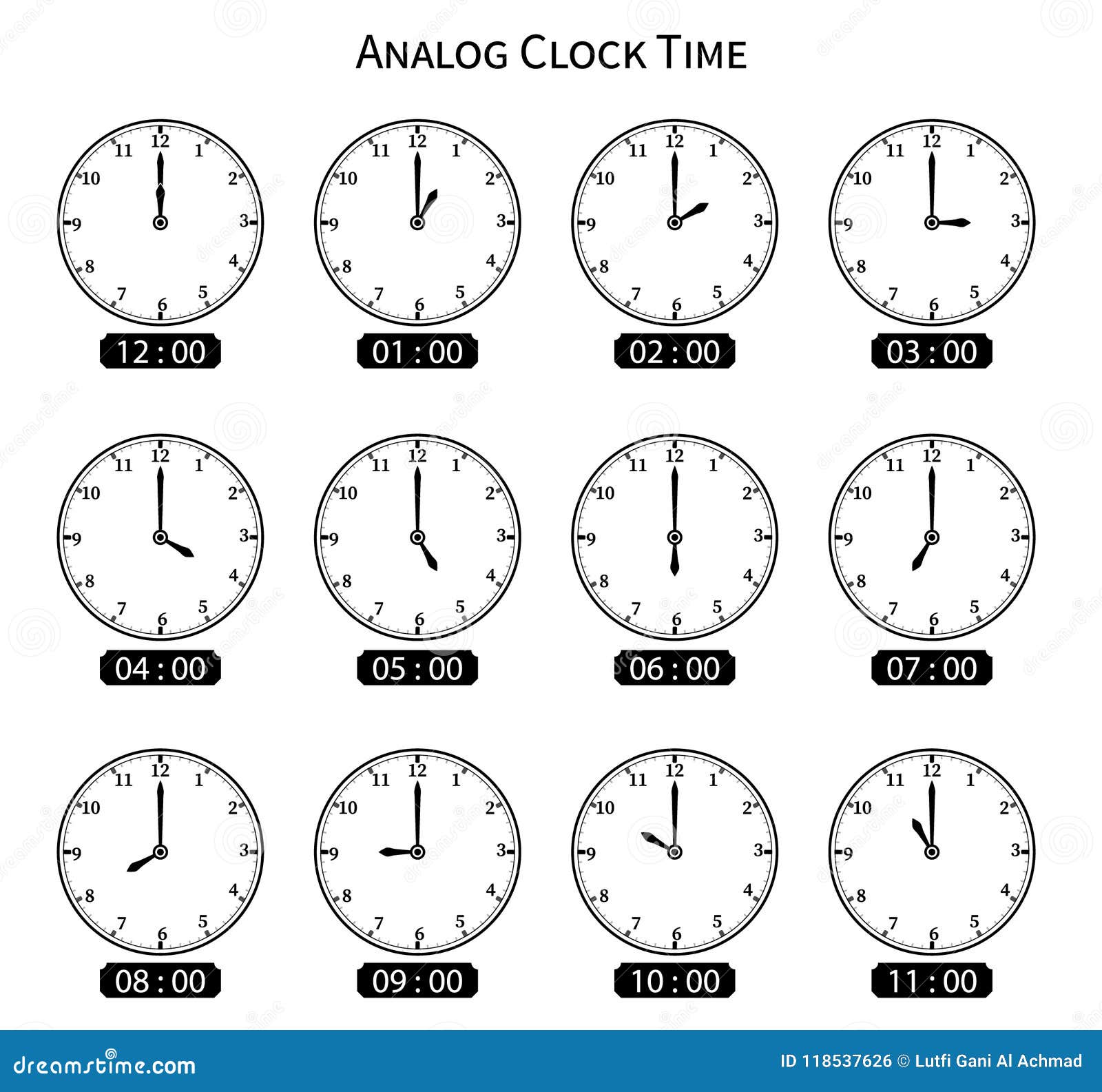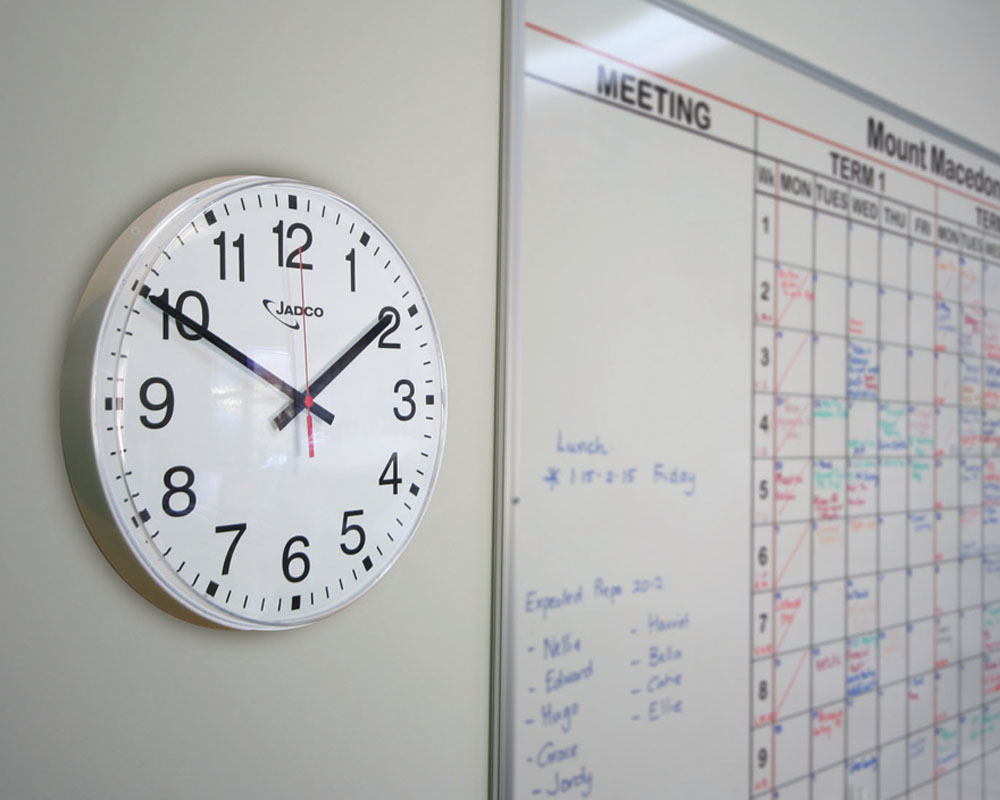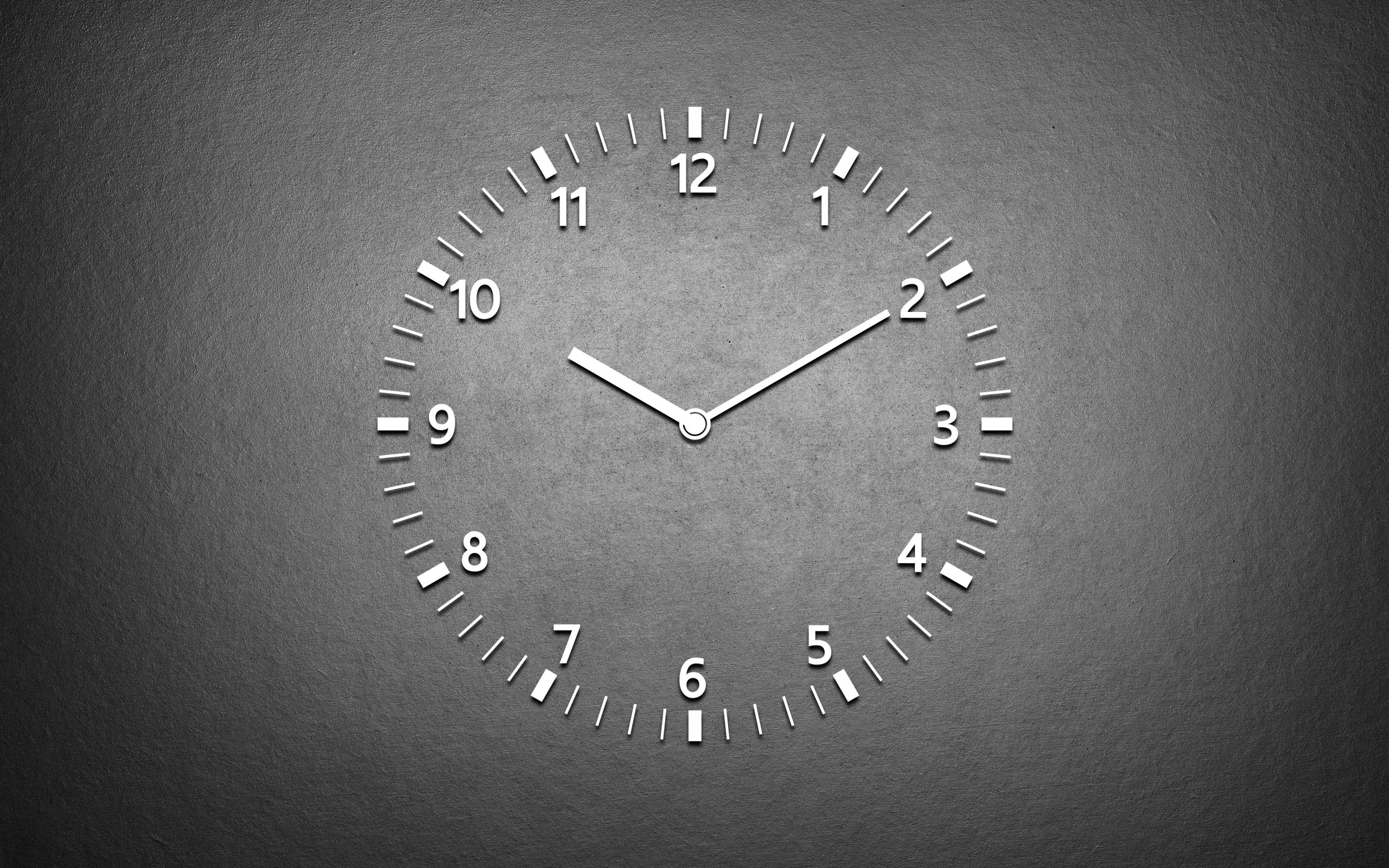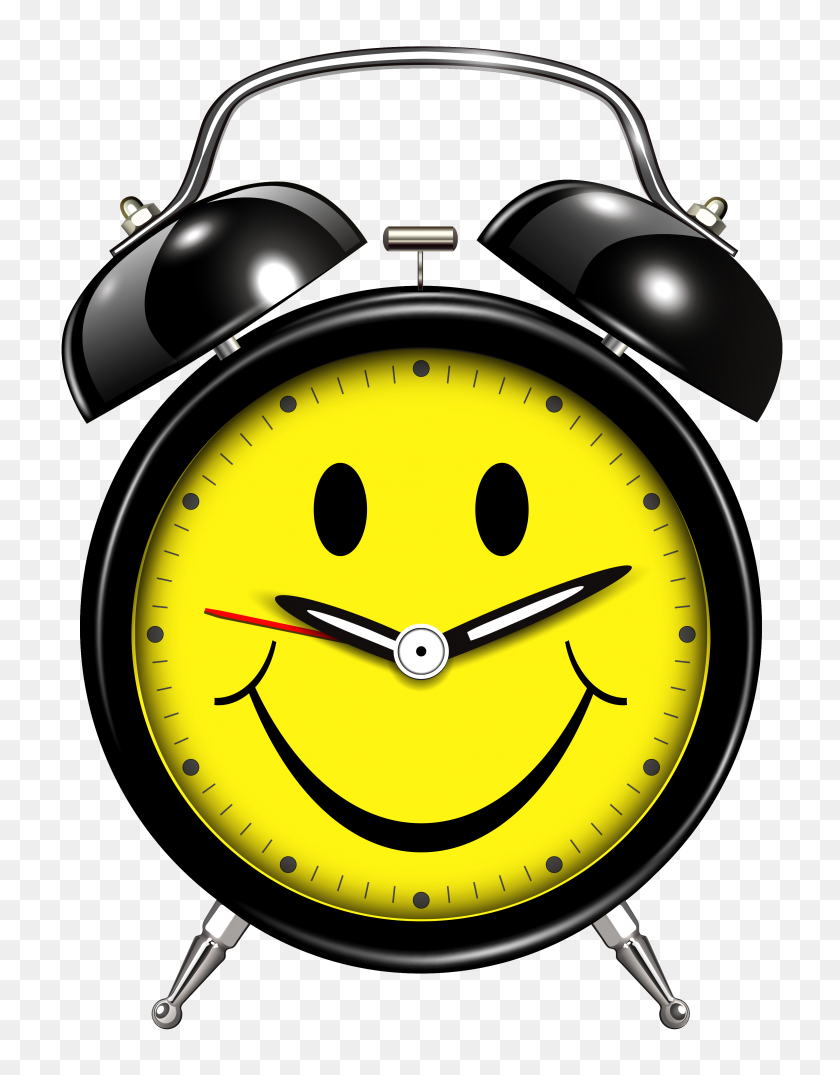
The fact that the sensitive movement was now hidden in a case to protect it from dirt resulted in watches becoming more and more of a fashion accessory. The further development of timekeeping in modern timesĮven during the Renaissance, timepieces were continually being developed. It was not until the 14th century that the hourglass was also developed, which served to measure shorter intervals of time. From the 15th century onwards, clockmakers organised themselves into independent guilds. Only a few monarchs and wealthy citizens owned a domestic clock - mostly complicated astronomical clocks that were popular for representative reasons. With the later emergence of tower clocks, the general public was finally able to tell the time. It was the clocks in the doormen's rooms that synchronised medieval society with their alarm and the striking of the hours.


Tower clocks were the most important timekeepers in the Middle Ages. The invention of the escapement made it possible to announce these events, which were essential for medieval life, at the right time, and with it, the development of the wheel clock first mentioned in a document in 1335. We can well imagine how loud bell ringing announced the opening of a market, court times and of course prayer times in monasteries or masses in cathedrals. The most important time indicators in the Middle Ages were bells on the town and church towers. Candles of the same length and in certain shapes were provided with markings that showed the elapsed time as they burned. Easily available, relatively reliable and independent of daylight, for example, was the candle clock, which was developed around 900 AD. But even in the Middle Ages, scientists worked on the further development of sundials and water clocks and invented new time-measuring instruments. With the Roman Empire, the knowledge of ancient timekeeping perished. The Moors and Arabs also used this technique but continued to develop it. The Romans adopted the principles of water clocks and sundials from other cultures. "Time has run out" - this phrase, still in use today, refers to the water clock. In ancient Greece, water clocks were used in court to limit speaking time. Similar water clocks were also used in Babylonia. The water clock was developed in the 16th century BC: water draining from a vessel showed the time - a method that works completely independently of the season or light. In ancient times, the time of day was indicated with sundials. Diagonal star clocks, which made use of the movements of the constellations, had a religious function: with their help, the deceased should be able to ascend to heaven more easily.

However, these shadow clocks suffered from the disadvantage of the varying lengths of shadow lines over the course of the year. It is known from ancient Egypt that people set up shadow clocks on which the days were divided into hours.

The sky has always been an important timekeeper: the sun and the moon divided the day into two parts. From its beginnings to the present day: the development of the clock Ancient time measurement But since time reminds people of its transience, we have an ambivalent relationship with it and would like to use the time available to us as "profitably" as possible.įrom wristwatches and hourglasses to wall clocks or handmade cuckoo clocks, timepieces have also become collectors' items ultimately, there's no escaping the magic and aesthetics of this mysterious everyday object. In the world of work, production processes, leisure time - without time measurement, we would not be able to show up on time for meetings, engage in global trade or make appointments. And even if the smartphone is gradually replacing the wristwatch, timepieces of all kinds are everyday companions that we cannot and do not want to do without. Life without time measurement has become unimaginable in our society. It seems to be an indispensable basic need for human existence to determine the current time and to measure time intervals. What is particularly interesting, however, is the fact that time measurement developed independently in all cultures. In the early days of mankind, people used astronomical phenomena as a guide, read the time of day with the help of simple shadow clocks and used the first calendars for religious purposes. Archaeological finds suggest that people have been striving to measure time since time itself began. The clock is a time-measuring device: it shows what hour, minute and second of the day we are in as a stopwatch, it can measure periods of time and as an alarm clock it can bring people out of sleep.


 0 kommentar(er)
0 kommentar(er)
